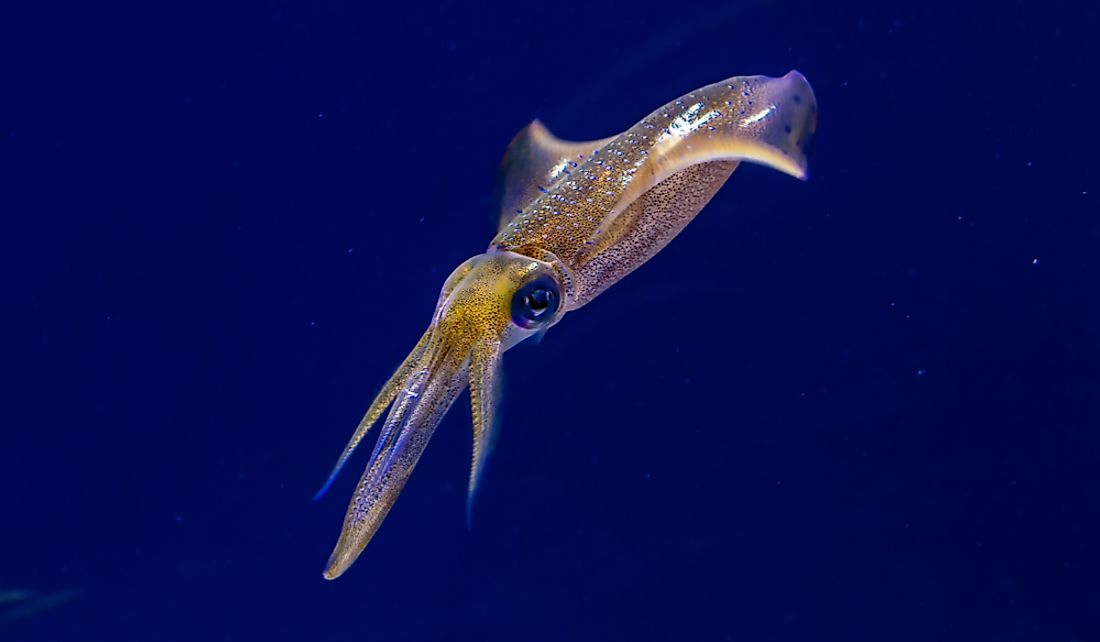
The 13 Deadliest Animals in California
California's diverse landscapes, from the scenic Yosemite National Park to the tranquil Emerald Bay, are home to a remarkable array of wildlife. While most offer a friendly experience, some can pose serious threats to humans. As humans expand into more and more rural areas, the potential for dangerous human-animal interactions increases. Though animals generally prefer to keep to themselves, there are some animals to be wary of when venturing out into the great outdoors. From marine life like stingrays to venomous snakes such as the northern Pacific rattlesnake, it is essential to be aware of the potential dangers in the wild and how to avoid any conflicts.
Black Bear
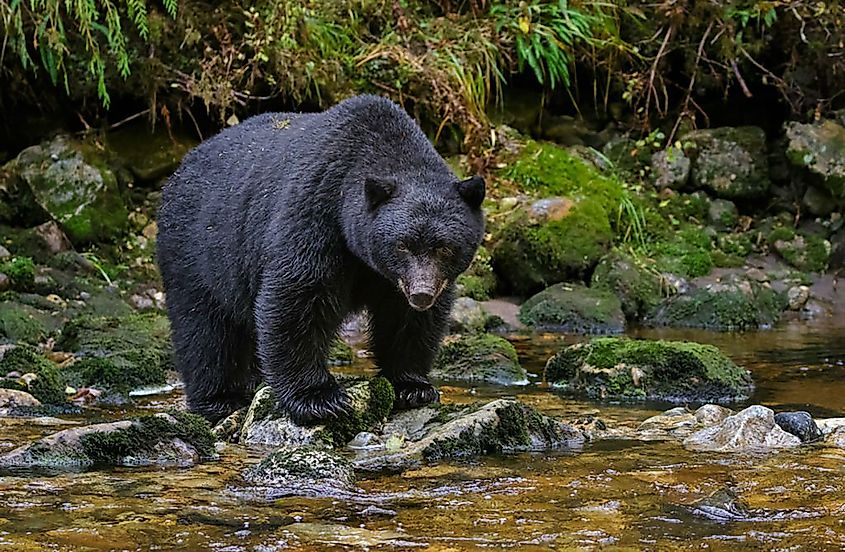
Despite the fact that the state flag features a large grizzly bear, black bears are the only species of bear currently found in California. Approximately 25,000 to 35,000 black bears inhabit the state. They primarily live in the North Coast, Cascade, and Sierra Nevada regions. Weighing between 100 to 500 pounds (45 to 227 kg) and standing about 3 feet (0.91 meters) tall at the shoulder, black bears have a varied diet, consisting of nuts, berries, fruits, insects, and small mammals. They have a strong sense of smell and are known to raid garbage dumps, campsites, and outdoor trash sites. Human-bear interactions are rare, with around five bear attacks in California every decade. If you encounter a bear, back away slowly or make loud noises to scare it off. Generally, bears will retreat to avoid potential conflict.
Mountain Lion/Cougar
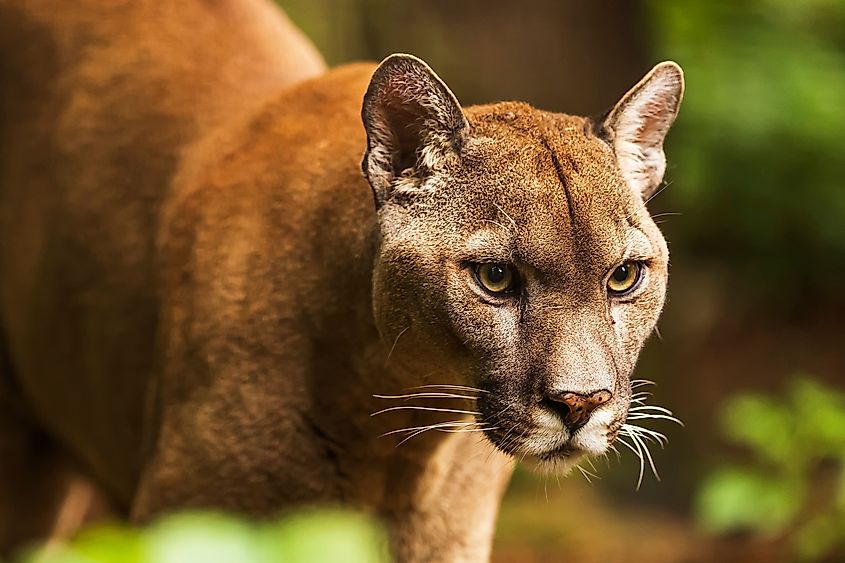
Mountain lions, also known as cougars, pumas, or panthers, are apex predators in California's mountainous and forested areas. These majestic animals weigh between 64 to 220 pounds (29 to 100 kg) and measure up to 8 feet (2.44 meters) in length, including their tail. They primarily prey on deer, rabbits, rodents, wild pigs, sheep, and coyotes. With an estimated 4,500 mountain lions in the state, attacks on humans are rare but often deadly. Children are at the highest risk due to the mountain lion's hunting patterns. They can also be territorial animals who may attack if startled or threatened. This is especially true if cubs are present, so they never get between an adult and a baby. If you encounter one, don’t run, as this will instinctively cause the mountain lion to chase. Instead, make yourself appear larger, make loud noises, and avoid direct eye contact.
Deer
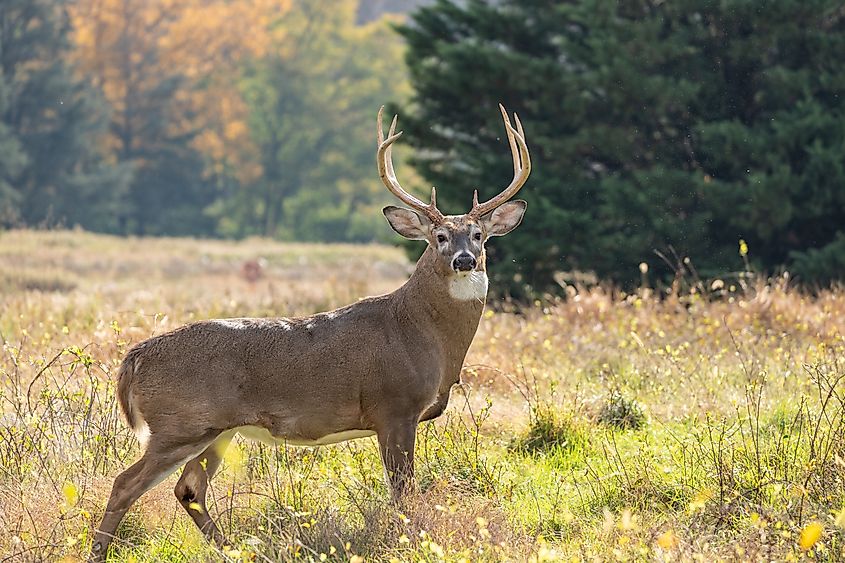
Deer are common in California and are not usually thought of as deadly animals due to their timid nature. However, they cause numerous injuries and fatalities through vehicle collisions. Drivers in California have a 1 in 260 chance of colliding with wildlife, leading to over 100,000 animal collisions annually. Deer collisions peak in the fall, especially at dawn or dusk in November. Weighing between 100 to 300 pounds (45 to 136 kg) and standing about 3 feet (0.91 meters) tall at the shoulder, a collision with a deer can cause significant damage to vehicles and severe injuries to drivers and passengers. Exercise caution when driving through deer-populated areas near forests and meadows.
Coyote
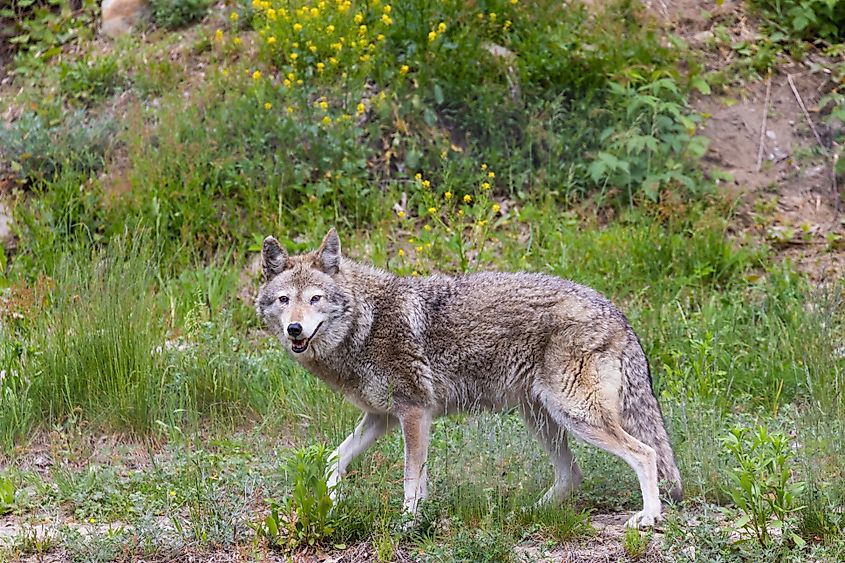
Coyotes are found throughout California, inhabiting deserts, mountains, and urban regions. These clever pack hunters prey on small mammals weighing 15 to 50 pounds (6.8 to 22.7 kg). They are naturally shy creatures but have grown accustomed to human activity, posing a threat to small children and pets. Coyotes can be intimidating, measuring about 3.3 to 4.3 feet (1 to 1.3 meters) in length. When encountering a coyote, if it does not immediately flee, make yourself appear larger and make loud noises. Coyote attacks are rare and not usually fatal, but there have been several attacks or fatalities on small dogs, cats, or unattended children.
Great White Shark

Great white sharks live worldwide, mainly in cold, temperate waters. They swim close to the surface but have been spotted much deeper. Young sharks, known as juveniles, often swim in shallower waters along the shoreline, particularly in Southern California. Juveniles are 4-5 feet (1.2-1.5 meters) at birth and grow to about 10 feet (3 meters) in their juvenile stage, eventually reaching up to 20 feet (6 meters). Juveniles mainly eat fish, rays, and smaller sharks, while adults attack larger prey such as sea lions, dolphins, seabirds, turtles, and larger fish. Despite their fearsome reputation in movies and media, interactions between white sharks and humans are rare. Since 1950, there have been approximately 188 white shark incidents in California, 16 of which were fatal. That said, larger sharks always pose a risk, so keep an eye out for the protruding top fin in Californian waters.
Stingray
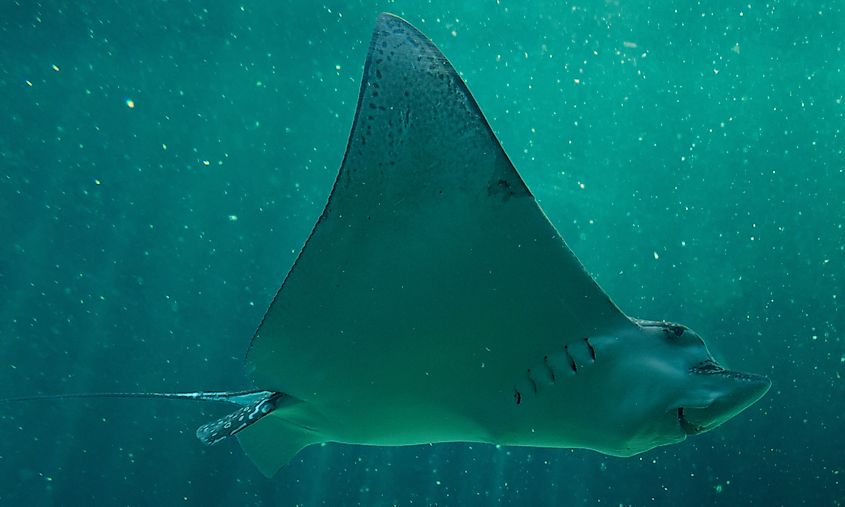
Like sharks, Stingrays are a potential danger when exploring the coastal waters of California, but they are not as fierce as they seem. They are bottom dwellers, hiding in the sand along the bottom of shallow waters, making them hard to spot. Stingrays are relatively flat and wide, with a long barbed tail containing venomous spines. Most stingray injuries occur when they are accidentally stepped on, leading to painful puncture wounds that can bleed, burn, swell, and become infected. Despite their reputation—especially given the death of famed animal lover Steve Irwin—stingrays rarely kill or attack humans. Surfers and beachgoers often shuffle their feet in shallow waters to avoid stepping on them. If stung, soaking the wound in warm or hot fresh water can help reduce pain and prevent infection. Seek medical attention if stung.
Widow Spider
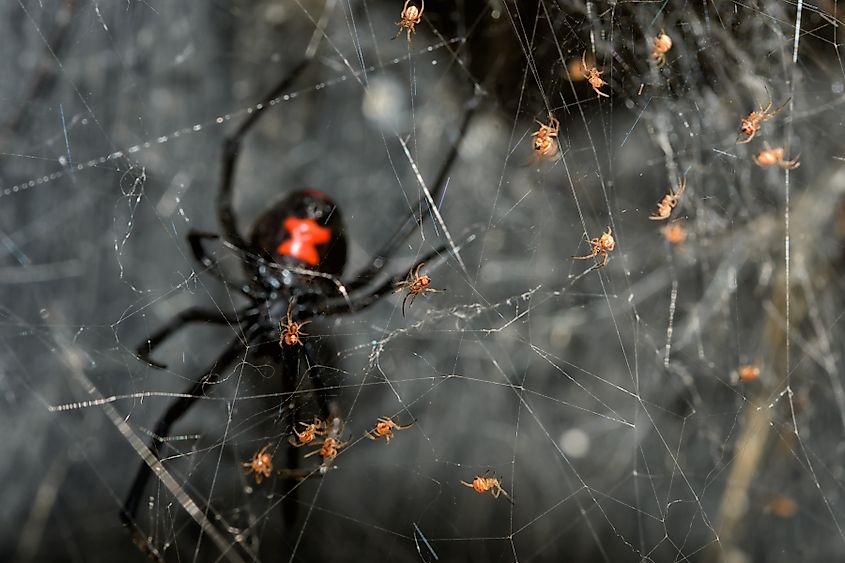
California has two types of widow spiders: the infamous black widow and the brown widow. Black widows, found across most of the state, prefer dark, secluded areas like sheds, pipes, and drains. They can be identified by their black bodies and the distinct red hourglass shape on the belly of females, which are about 1.5 inches (3.8 cm) long. These spiders are not aggressive and usually bite only their prey—mainly insects. However, they can bite defensively if threatened, often by accident. While widow spider bites are not usually fatal to humans, they can be dangerous to older adults, young children, and small mammals. Symptoms of a bite include chest pain, stomach cramps, nausea, fever, and high blood pressure. Seek timely medical attention to avoid complications. Brown widows are similar in behavior but can be identified by an orange or yellow hourglass marking.
Western Diamondback Rattlesnake
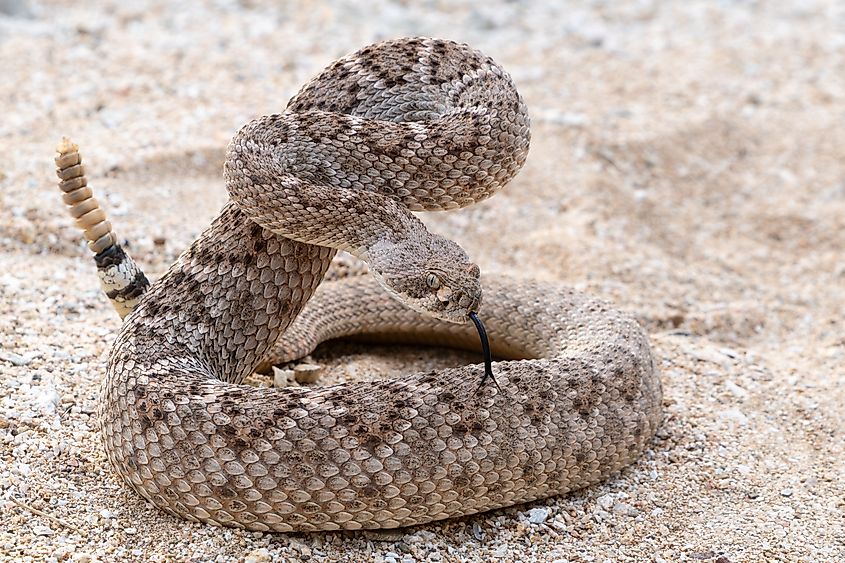
The western diamondback rattlesnake is one of California's largest and most dangerous rattlesnakes, second only to the eastern diamondback in size and fatalities. These rattlesnakes, found in grasslands and deserts throughout Southern California, can grow up to 5 feet (1.5 meters) in length and are characterized by a distinct diamond pattern along their body and a rattle on their tail. Known for their aggression, they are unlikely to back down from a fight but usually only attack if threatened. They are highly dangerous due to their speed and venom. A western diamondback can strike within 70 milliseconds, delivering up to 800 mg of venom, which causes swelling, pain, and tissue decay. Hundreds of bites are recorded annually, with a 10-20% fatality rate if untreated. Immediate medical attention is crucial to mitigate the effects of the venom.
Southern Pacific Rattlesnake
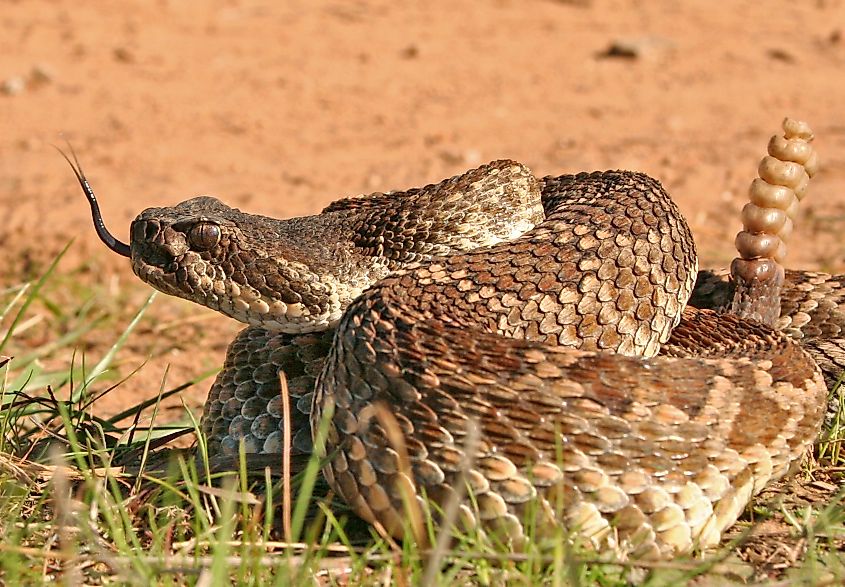
The southern Pacific rattlesnake is one of the largest rattlesnakes in California, native to the state. It can grow up to 4.5 feet (1.4 meters) long and has a brown or olive-brown color with large, dark brown spots along its back. The venom can cause localized tissue damage, nervous system issues, blood clotting problems, and potentially paralysis. Found in dry grasslands and often seen basking on hiking trails, these rattlesnakes typically only strike if threatened. If encountered, avoid sudden movements and give the snake space to retreat. They feed on small mammals, birds, and amphibians, contributing to the ecosystem by controlling rodent populations.
Northern Pacific Rattlesnake
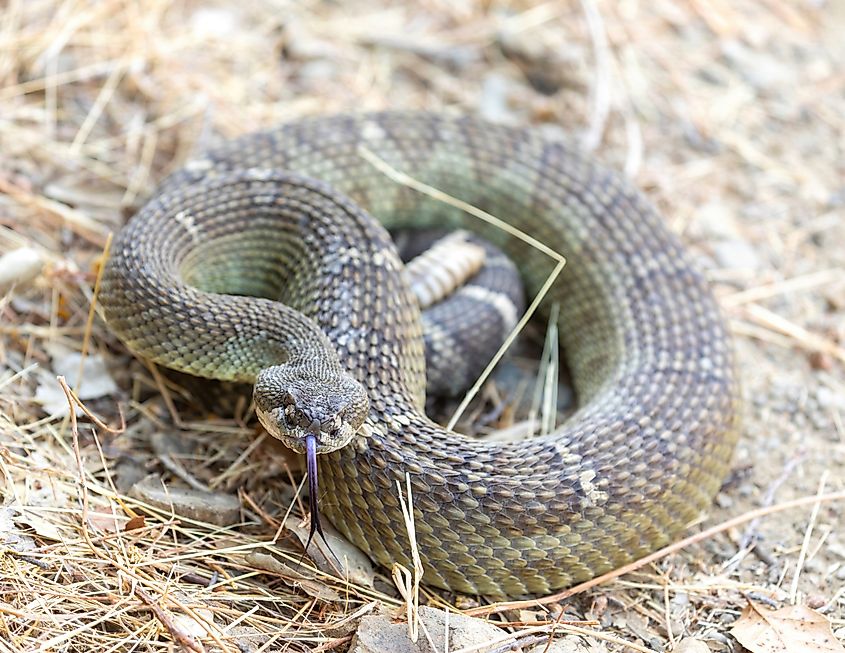
The northern Pacific rattlesnake is similar to the southern Pacific rattlesnake but is found in the northern regions of California. Like its southern counterpart, it presents a venomous threat to humans and pets, inhabiting dry prairies, grasslands, brush, and rock ledges. These rattlesnakes can grow up to 4 feet (1.2 meters) in length and have a large population in California, feeding on small mammals, amphibians, reptiles, and ground birds. They warn off humans by vibrating their tails and can deliver a venomous bite that is extremely painful and damaging, potentially fatal if untreated. They play a significant role in controlling pest populations in their habitats.
Scorpion
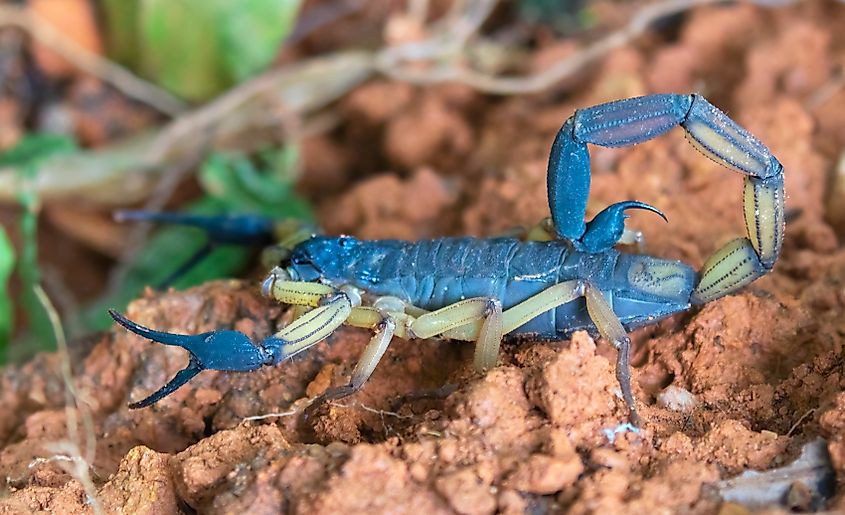
Scorpions are predatory arachnids that can deliver a painful sting, often found in dry, arid regions. There are several species of scorpions in California, but the most dangerous is the Bark Scorpion. They can grow up to 3 inches (7.6 cm) long and have a venomous sting that can cause severe pain, numbness, tingling, and, in rare cases, more severe symptoms like difficulty breathing. Bark Scorpions are pale and nocturnal, hiding under rocks, logs, or in crevices during the day and becoming active at night. While their stings are rarely fatal, young children, the elderly, and those with allergies are at higher risk of severe reactions. If stung by a scorpion, it is always best to call or seek medical attention, stay calm, and try not to move the affected area too much.
Tarantula Hawk Wasp
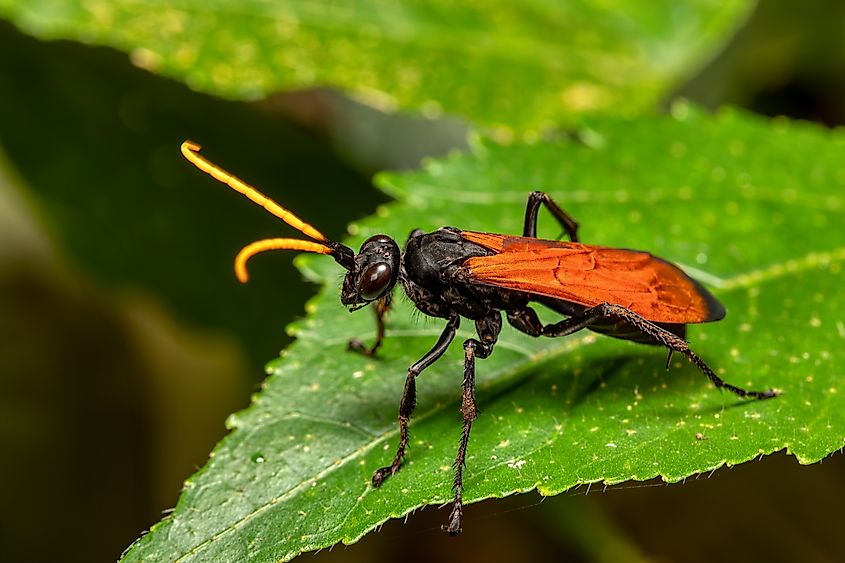
Tarantula hawk wasps are, as the name suggests - insects that prey on tarantulas. They can be found in the deserts across California, especially in southern California. The wasps are large, approximately 2.5 inches (6.4 cm) long, with dark blue bodies and bright orange wings. While they are generally not aggressive to humans, they will sting if provoked, and the sting is excruciating - in fact, it is thought to be one of the most painful insect bites. They use this powerful sting to paralyze the much larger tarantulas when hunting. The wasp will then lay an egg on the tarantula and bury it. When the larva hatch, they feed on the paralyzed tarantula while it is still alive, slowly taking energy from its vital organs. It is no wonder these intense insects have the reputation of being extremely unpleasant to encounter.
Red Fire Ant
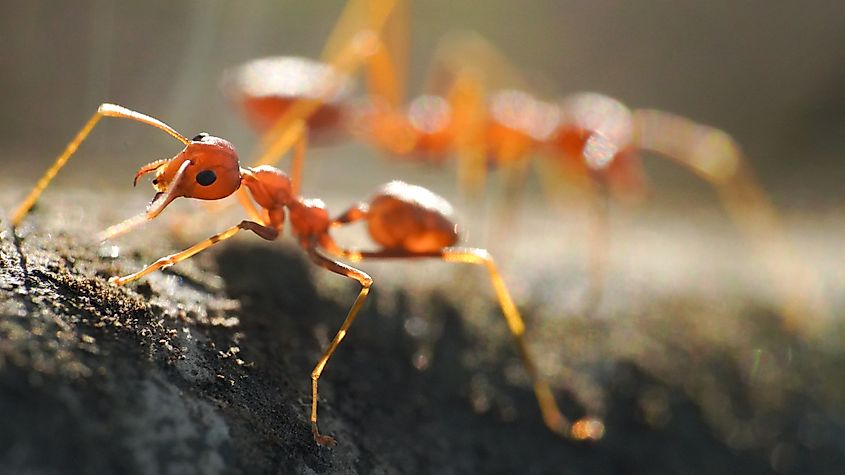
Fire ants are native to South America but were first detected in California in the late 1900s. This ant species is most known for their painful stings, which can impact livestock, wild animals, and humans. They get the name ‘fire’ due to the burning sensation they cause when they sting. The venom the ants carry is made up of toxic proteins that can cause burning, swelling, pustules, and, in some cases, dizziness, chest pain, or anaphylactic shock. It is estimated that 14 million people are stung in the U.S. every year, with more than 80 deaths being reported. The pain does not require medical attention, but those with allergic reactions may need additional medical measures.
Wrapping Up
Though there are a number of animals in the state of California that can be dangerous or even deadly to humans, the main lesson is this: if left alone and unprovoked, animals will avoid humans. Despite this, it is best to know the dangers out there and how to deal with potential animal-human encounters. Stay aware when out in the wild, and avoid secluded areas, or bring protection where possible. Staying careful and avoiding animal encounters is the best way to stay safe and eliminate the potential for danger.




